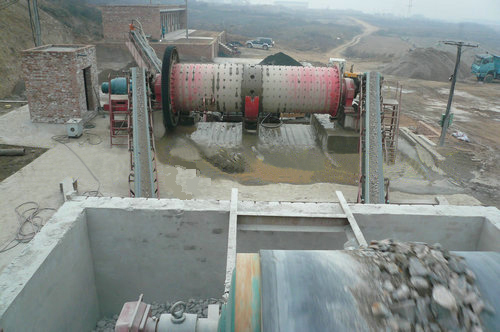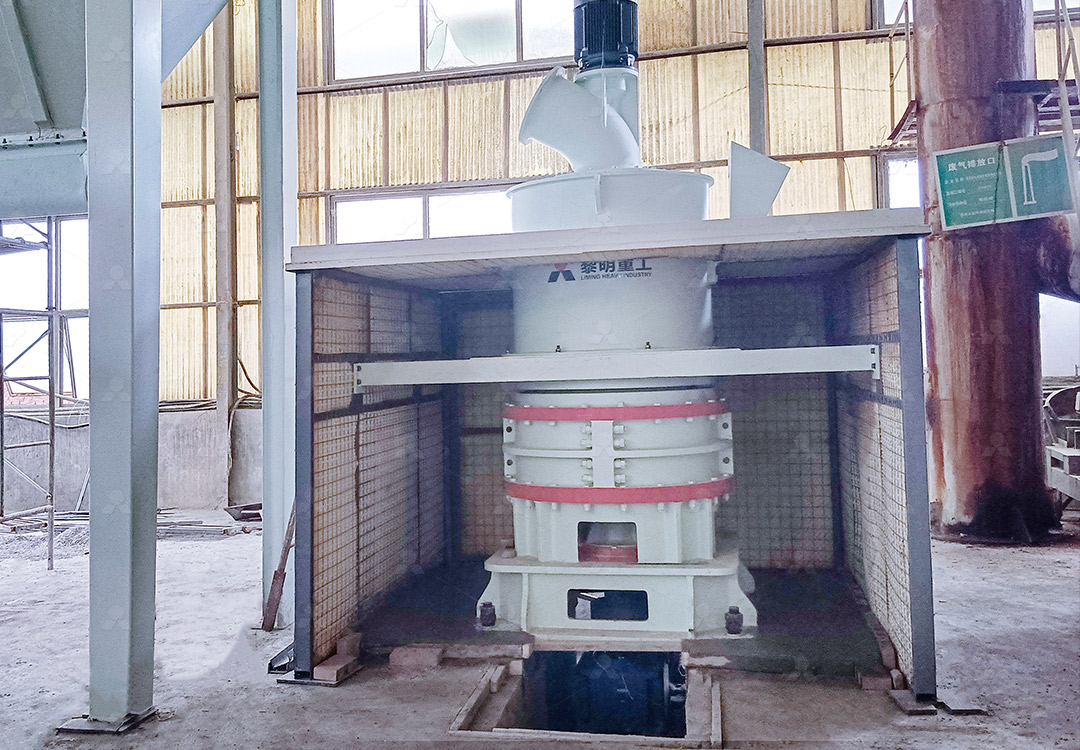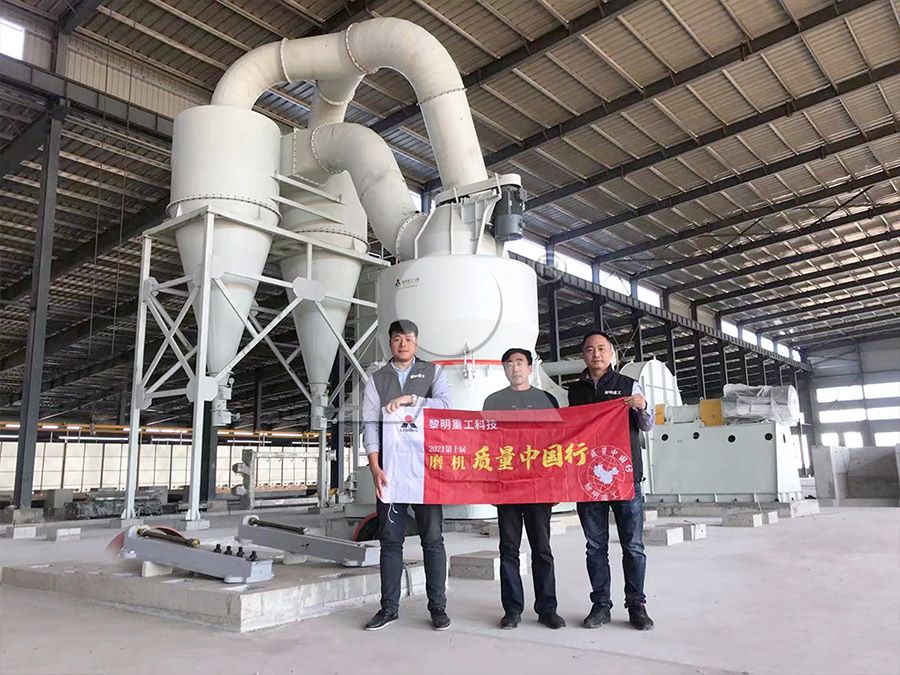Ball Mill Maintenance Procedures for Cement Plants: A Comprehensive Guide
Ball Mill Maintenance Procedures for Cement Plants: A Comprehensive Guide
Proper maintenance of ball mills in cement plants is absolutly critical for ensuring operational efficiency, reducing downtime, and maximizing the lifespan of this capital-intensive equipment. Neglecting maintenance can lead to catastrophic failures, unplanned shutdowns, and skyrocketing production costs. This guide outlines the key procedures every plant operator should follow.
Daily Maintenance Checks
Start each shift with a visual and auditory inspection. Listen for unusual noises like metallic grinding or knocking, which could indicate broken liners or worn-out bearings. Check for oil leaks around the trunnion bearings and gearbox. Monitor the lubrication system, ensuring oil levels are correct and that there’s adequate flow to all points. Record the motor amperage; a higher than normal reading often suggests overloading or mechanical issues.

Weekly and Monthly Maintenance Routines
On a weekly basis, conduct a more thorogh inspection. Check the condition of the mill liners for signs of wear or cracking. Inspect the diaphragm and grate plates for clogging or breakage. Tighten all bolts, especially those securing the liners, as vibration can loosen them over time. Monthly tasks should include checking the alignment of the girth gear and pinion. Misalignment is a primary cause of premature gear wear and failure. Analyze the gear lubrication for contamination and change it as per the manufacturer’s schedule.
Embracing Modern Grinding Solutions
While proper ball mill maintenance is essential, many forward-thinking plants are also integrating more modern and efficient grinding technologies to reduce their relience on these high-maintenance units. For instance, our MW Ultrafine Grinding Mill offers a compelling alternative or supplement. Designed for customers who need to make ultra-fine powder, it handles an input size of 0-20 mm with a capacity of 0.5-25 tph. Its design eliminates rolling bearings and screws in the grinding chamber, removing common failure points found in ball mills. The efficient pulse dust collector and muffler make it an evironmentally friendlier option, significantly reducing dust and noise pollution on site.

Annual Shutdown Overhaul
The annual shutdown is your opportunity for a comphrehensive overhaul. This is when you should replace worn liners, and if necessary, the girth gear or pinion. Inspect the trunnion bearings for wear and replace the seals. It’s also the perfect time to inspect the mill shell for any cracks or structural weaknesses. Thoroughly clean the lubrication system and replace all filters and oil. Proper planning for this shutdown is key to minimizing downtime.
Common Problems and Solutions
Overheating Bearings: Usually caused by overloading, inadequate lubrication, or contaminated oil. Check load, oil quality, and flow.
Excessive Vibration: Often results from misalignment, worn foundations, or unbalanced charge. Check alignment and foundation bolts.
Low Output or Poor Fineness: Can be caused by worn liners, clogged grate plates, or an incorrect charge volume or ball size.
For operations looking to expand capacity or improve efficiency without adding another ball mill, our LUM Ultrafine Vertical Grinding Mill is another excellent solution. Independently designed with the latest grinding roller and powder separating technology, it integrates grinding, grading, and transporting. It handles a feed size of 0-10 mm at 5-18 tph. Its reversible structure is a maintenance dream, allowing operators to easily move the grinding roller out of the body for checking and replacing wear parts, drastically reducing shutdown time and associated losses.

Conclusion
A proactive and disciplined maintenance regimen is the backbone of reliable ball mill operation in a cement plant. By adhering to daily, weekly, and annual procedures, you can prevent most major failures. Furthermore, considering the integration of newer, lower-maintenance grinding technologies like our MW and LUM mills can future-proof your operation, enhance productivity, and significantly reduce your plant’s overall maintenance burden.
